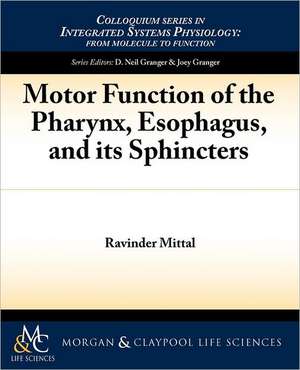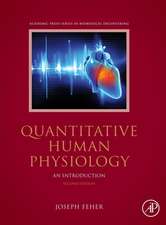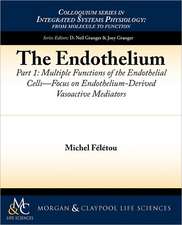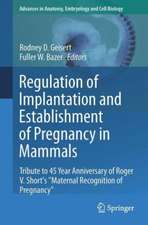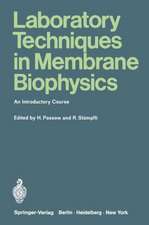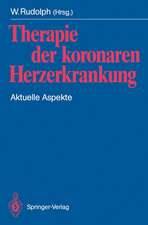Motor Function of the Pharynx, Esophagus, and Its Sphincters: Integrated Systems Physiology
Autor Ravinder Mittalen Limba Engleză Paperback – 12 apr 2011
Preț: 263.75 lei
Preț vechi: 277.63 lei
-5% Nou
Puncte Express: 396
Preț estimativ în valută:
50.47€ • 52.83$ • 41.76£
50.47€ • 52.83$ • 41.76£
Carte tipărită la comandă
Livrare economică 05-19 aprilie
Preluare comenzi: 021 569.72.76
Specificații
ISBN-13: 9781615043330
ISBN-10: 1615043330
Pagini: 84
Dimensiuni: 191 x 235 x 4 mm
Greutate: 0.16 kg
Editura: Morgan & Claypool
Seria Integrated Systems Physiology
ISBN-10: 1615043330
Pagini: 84
Dimensiuni: 191 x 235 x 4 mm
Greutate: 0.16 kg
Editura: Morgan & Claypool
Seria Integrated Systems Physiology
